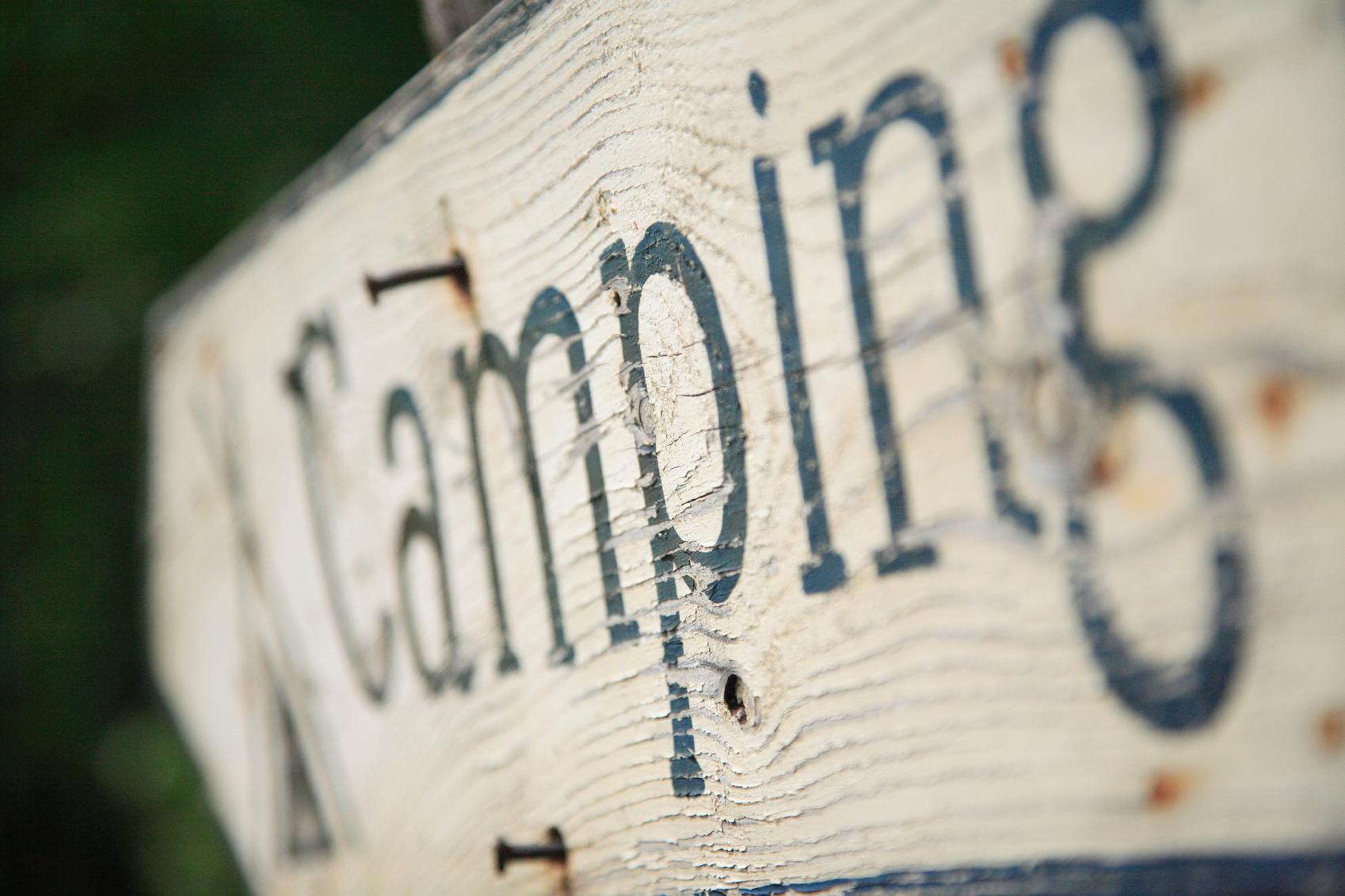Castletown - the story continues...
Explore, explore, explore...

In my last post, we looked at the flagstone history in the village of Castletown, a place normally passed by by travellers on the North Coast 500. In this post I'd thought we'd take a look at Castletown's World War 2 history. I find it phenomenal that such a small place can have so much to offer - and we are just scratching the surface.
RAF Castletown was one of several RAF bases with Caithness, built as part of the World War II effort at protecting the UK from being infiltrated from the north.
Work started on the airfield in December of 1939, and after just 5 months and £400,000, RAF Castletown became operational on the 28th May 1940. It's first squadron, 504 Squadron, moved in with 13 Hurricanes on 20th June that year. Throughout the war, through to 1944, there was a continuous stream of fighter squadrons moving in and out of RAF Castletown including, in May 1941, RAF Castletown's first squadron of Spitfires, synonymous with World War II.
The village of Castletown provided the "home comforts" for the airmen, with many local buildings being commandeered by the RAF, including the local Masonic Lodge which became the wireless HQ and the local estate house which provided accommodation for the airmen. The Church of Scotland ran a canteen in Castletown for the airmen, run by local volunteers.
The Caithness weather caused issues for RAF Castletown. The first two months of 1941 had strong winds and heavy snowfall. They managed to keep the runways in use by not clearing the runways, but by compacting the snow into a hard packed surface!
Castlehill Heritage Centre has a fascinating booklet called "Castletown Recalls 1939-1945" which includes fascinating stories, memories and information on the village during World War II. My personal favourite is the story of "Big Bertha".
At the west end of Dunnet Beach (or the Castletown end) is a raised platform - mostly covered in grass now - where "Big Bertha", a 47" deck gun recovered from and abandoned Navy sloop, stood. The gun was recovered by Wing Commander David Atcherley who was RAF Castletown's first commanding officer. As well as "Big Bertha", he also managed to "acquire" 130 rounds of ammunition for the gun from the Royal Navy depot at Chatham, in Kent (yes, the opposite end of the country!).
The man in charge of firing "Big Bertha" was a corporal of the Pioneer Corps who had been "swapped" (yes, swapped!) by the Pioneer Corps for a bacon slicer from RAF Castletown's airmen's mess. The worst was this company of Pioneer Corps shouldn't even have been in Scotland, let alone Wick - they were meant to be in Hackney Wick, London!
RAF Castletown was closed on 29th June 1945, and today very little is left of the runways and airfield buildings, although Castletown and many of the buildings commandeered by the RAF still exist, and is most definitely worth a visit.











